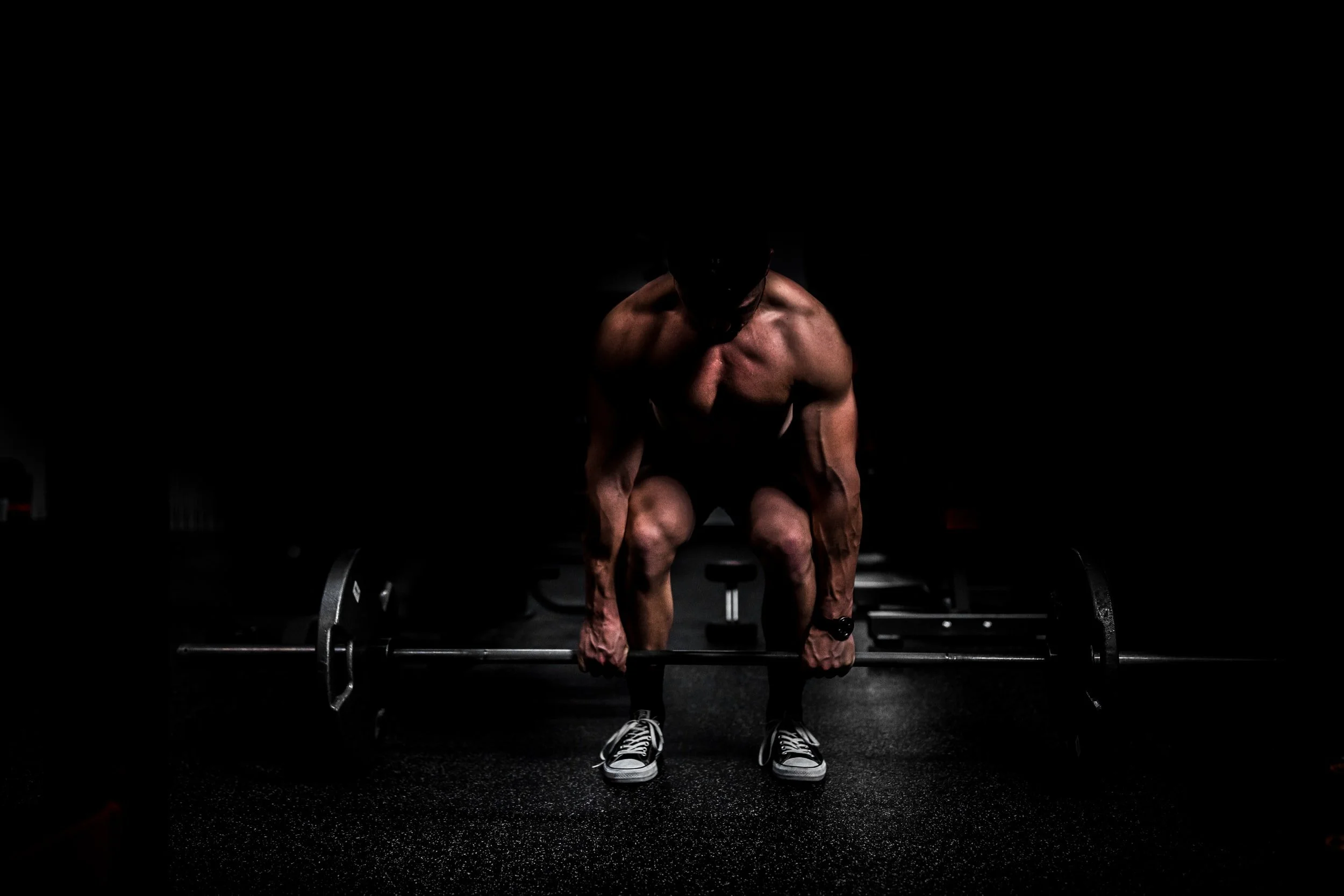I Hurt My Back, Now What?
Low back pain is one of the most common reasons that people seek physical therapy care, and there are many more living with back pain that do not seek physical therapy or any treatment. Dealing with back pain can be debilitating, frustrating, and scary.
When dealing with back pain, there are three main stages of recovery. They are: the Acute stage, the Mid-stage, and the Late (return to sport) stage. The Acute, or early stage of back pain is categorized by recent injury, high levels of pain, and fear/difficulty with movement and daily tasks. This is the stage when people usually rest because they are afraid of worsening the injury. While a decrease or change in activity may be warranted during this stage, it is definitely not wise to cease all movement and activity. It is important to keep moving in calculated ways to prevent stiffness and hypersensitivity from occurring, which can lead to perpetuation of the pain cycle. The goal of this stage is to decrease pain/sensitivity and allow as much mobility as possible. This stage typically lasts between 1-3 weeks.
The Mid-stage begins once pain levels are under control, and daily activities can be performed normally. If you are in this stage you may still wake up with stiffness in your back or feel slight pain/discomfort if staying in certain positions too long. Bending and lifting may still aggravate symptoms at this time as well. The goal of this stage is to prepare our bodies for movements and tasks of the third stage. This means we will begin introducing external load to safe and pain-free ranges of motion, and also making sure we are improving movement patterns so that we can reduce the risk of future injury. This stage typically starts 2-3 weeks after injury and lasts anywhere from 4-8 weeks in duration.
In the Late stage we will be integrating back to the highest level of activity our daily life demands of us. For some this may be taking care of kids, returning to a laborious job, or returning to a sport/gym routine. The goal of this stage is to find ways to insert oneself back into those environments without aggravating the injury, in order to allow for the final stages of healing to occur. This may look like adjusting loading strategies in the gym such as front squatting instead of back squatting, or using belt squats/single leg exercises to get a training stimulus without causing a flare up of back pain. This stage carries a bit more complexity, and involves an inherent level of trial and error, so remember to have patience.
Navigating through daily life with back pain is absolutely frustrating. There may be times when you think you will never feel normal, but with the proper plan and guidance from a qualified health professional this process can be made easier. Make sure that you are seeking personalized care from a physical therapist to avoid making this process longer and more frustrating than it already is.

